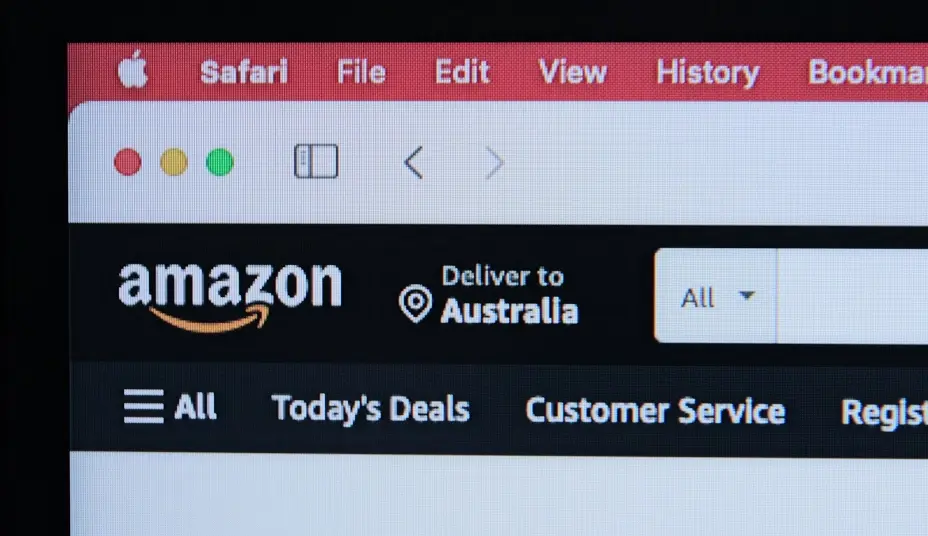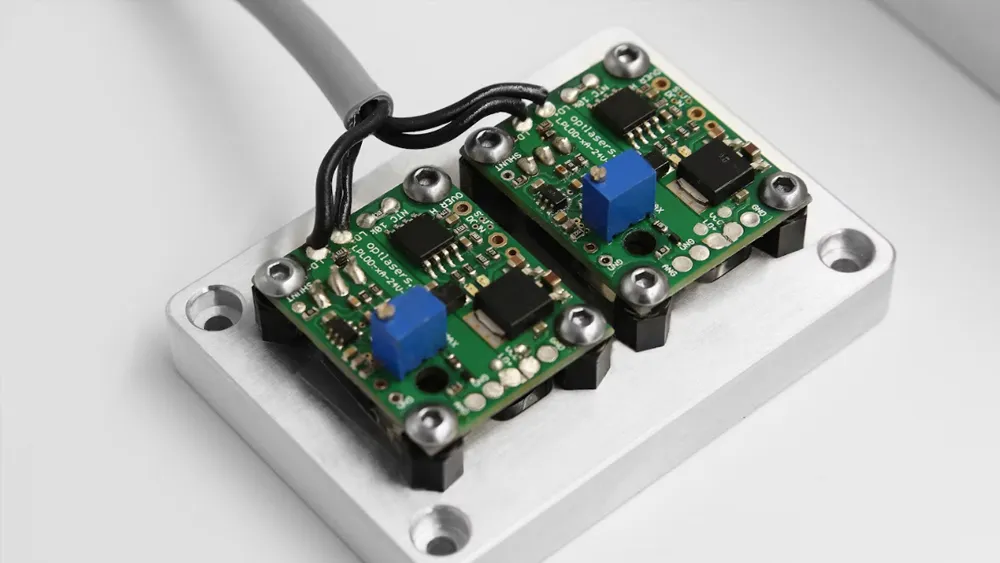
Baby Bath Tub Testing Fees: EN 17072:2018, RoHS & REACH
Foldable Baby Bath Tub Overview
A foldable baby bath tub is designed to be collapsible for easy storage. It is typically made from soft, lightweight, and waterproof materials such as silicone, plastic, or fabric. When not in use, it can be folded into a flat or compact shape, saving space and making it convenient to carry and store.
Product Details
1. Product:Foldable baby bath tub with silicone anti-slip mat and LCD temperature display
2. Services Provided:Testing reports for EN 17072:2018, RoHS, BPA, PAH, and reach compliance, meeting Amazon or import/export requirements
3. Cost (USD):\$1,550
4. Lead Time:7 working days
5. Sample Quantity RequiRED:4 pieces
About EN 17072:2018
EN 17072:2018 is a harmonized European standard specifically for baby bath tubs, including foldable types. Its fULl title is “Safety requirements and test methods for baby bath tubs”. Developed by the European Committee for Standardization (CEN), it aims to ensure the safety of bath tubs used by infants aged 0 to 12 months (with water depth ≤ 200mm), covering structural, material, and functional safety to prevent risks such as pinching, scratching, drowning, and cheMICal hazards.
1. Scope of Application
a. Target product: Foldable baby bath tubs (both household and commercial use)
b. Intended users: Infants aged 0-12 months (typically weighing ≤ 15 kg)
c. Water depth limit: Water depth during use must not exceed 200mm to avoid drowning risks
2. Core Testing Items and Requirements
Testing under EN 17072:2018 focuses on three main safety dimensions: Physical Safety, Chemical Safety, and Functional Reliability. Particular attention is given to the special risks of foldable designs, such as pinching and accidental folding.
2.1 Structural Safety Testing (Preventing Physical Injuries)
Edges and Protrusions
Purpose:Prevent infants from being scratched or poked by sharp edges or protruding parts.
Requirements:
All exposed edges (e.g., tub rim, fold seams) must be rounded with a radius ≥ 2mm.
No hazardous protrusions (e.g., exposed screws, clasps); protrusion height ≤ 5mm or pass “probe test” with a 10mm diameter probe that should not cause pain or tearing.
Testing method:Measure edge radius with a radius gauge; use silicone sheets simulating infant skin to test contact with protrusions for tearing or scratching.
Pinching Risk (Fold Mechanism)
Purpose:Prevent infant fingers or skin from being pinched during folding.
Requirements:
Gap sizes in the fold mechanism must avoid the “danger zone” of 5mm–25mm, where pinching is likely.
No “instantaneous pinching force” from movable parts during folding/unfolding (tested with a 5mm steel ball or 10mm cylinder simulating fingers).
Testing method:Measure pinch force during fold/unfold cycles with a force gauge; pinch force must be ≤ 15N to avoid pain or injury.
Small Parts Risk
Purpose:Prevent infants from swallowing small parts (e.g., clips, screws) causing choking.
Requirements:
Detachable parts (e.g., anti-slip pads, drainage valves) must not pass through a small parts test cylinder (diameter 31.7mm, depth 57mm). Components must be larger than the cylinder volume to avoid ingestion.
2.2 Fold Mechanism Reliability Testing (Preventing Accidental Folding or Failure)
Purpose:Ensure the fold mechanism does not accidentally fold during use, which could cause infant falls, and remains functional after long-term use.
Requirements:
1. Fold locking device must be “anti-misoperation”: unlocking requires force ≥ 50N to prevent accidental folding by infants or pets.
2. Fatigue resistance: After 1,000 fold-unfold cycles (simulating 1-2 years usage), the mechanism must lock properly without breakage or deformation.
Testing methods:
1. Use a force gauge to test unlocking force (≥ 50N).
2. Use mechanical devices to simulate folding/unfolding at 10–20 cycles per minute for 1,000 cycles, then check for cracks, looseness, and locking function.
2.3 Stability Testing (Preventing Tipping Over)
Purpose:Ensure stability of the tub when the infant moves inside, to avoid tipping and drowning.
Requirements:
1. When empty or loaded with simulated infant weight (usually 5kg for 6-12 months), tilting the tub up to 10° in any direction must not cause tipping.
2. The base must have an anti-slip design (e.g., anti-slip mat or texture) with a static coefficient of friction ≥ 0.5 on wet surfaces (such as tiles).
Testing methods:
1. Place the tub on a 10° inclined platform, load with 5kg, observe for tipping.
2. Measure friction coefficient between the base and wet tiles using a friction tester, ensuring ≥ 0.5.
2.4 Material Safety Testing (Preventing Chemical Hazards)
Since infants may bite parts of the tub, chemical safety is critical. Materials must comply with EU reach regulations and additional requirements:
Test Items:
1. Phthalates (plasticizers like DEHP, DBP, BBP, etc.): Content ≤ 0.1% to avoid endocrine disruption.
2. Heavy metal migration (Pb, Cd, Hg, etc.): Migration ≤ 0.01% (100 mg/kg).
3. Temperature resistance: No cracking or deformation after 24-hour immersion in 40-60°C hot water; harmful substance release must remain within limits (simulating contact with warm water).
4. Odor and irritation: No irritating odor; no release of volatile harmful substances like formaldehyde or phenol (tested by GC-MS).
2.5 Anti-slip and Drainage Testing
Internal Anti-slip:
The tub bottom must have anti-slip texture or mat. The friction coefficient between infant skin-simulating material and the bottom must be ≥ 0.6 to prevent slipping.
Drainage System (if applicable):
1. Drain valve must be easy to operate and leak-proof; water leakage within 30 minutes after filling must be ≤ 50ml.
2. Drainage components must be secure and not pose a small parts choking risk.
2.6 Labeling and Instruction Manual Testing
Labeling Requirements:
1. Clear marking of applicable age (e.g., “0-12 months”)
2. Maximum water depth (“≤ 200mm”)
3. Weight limit (e.g., “≤ 15kg”)
4. Fold locking warning (“Confirm lock before use”)
5. Safety warnings (“Adult supervision required at all times,” “Do not leave infant unattended”)
Instruction Manual Requirements:
1. Include folding/unfolding steps, cleaning methods, maintenance tips (e.g., “Regularly check clips for looseness”)
2. Instructions must be clear and in one of the official EU languages.
Email:hello@jjrlab.com
Write your message here and send it to us
 What are ASTM F963 and CPSIA?
What are ASTM F963 and CPSIA?
 Comparison of ASTM F963 and EN 71
Comparison of ASTM F963 and EN 71
 How to get CSA C22.2 NO.256:14 Test Report?
How to get CSA C22.2 NO.256:14 Test Report?
 How much is the ISTA Amazon Packaging & Shippi
How much is the ISTA Amazon Packaging & Shippi
 Amazon Product Laboratory Testing Requirements
Amazon Product Laboratory Testing Requirements
 How to Get EPA Certificatio
How to Get EPA Certificatio
 What is EPA Certification in the United States?
What is EPA Certification in the United States?
 What is an FCC Registered Agent?
What is an FCC Registered Agent?
Leave us a message
24-hour online customer service at any time to respond, so that you worry!




